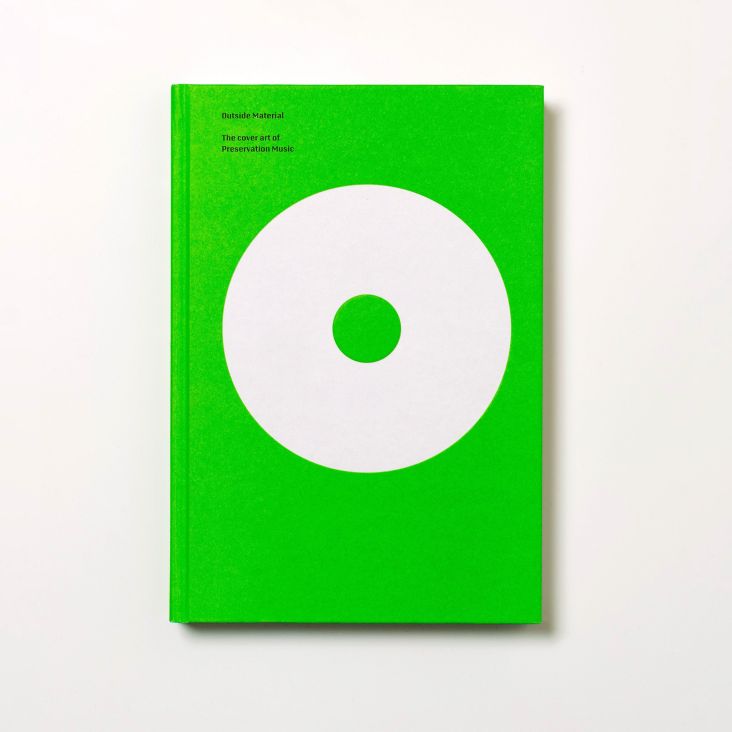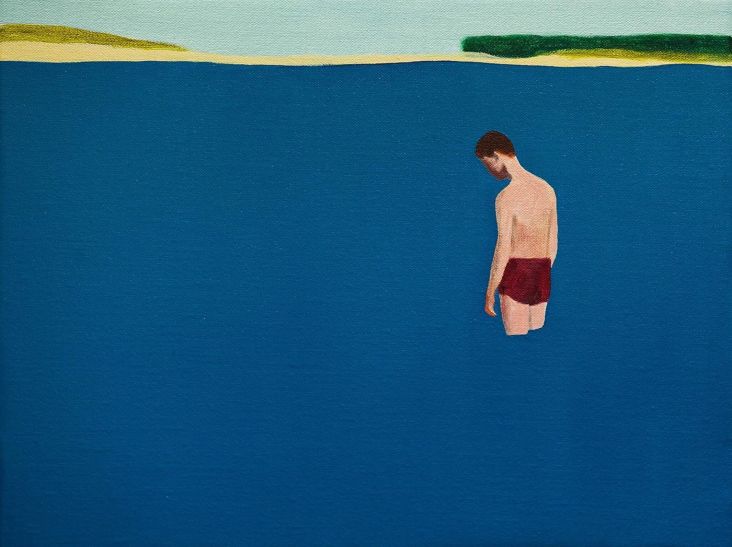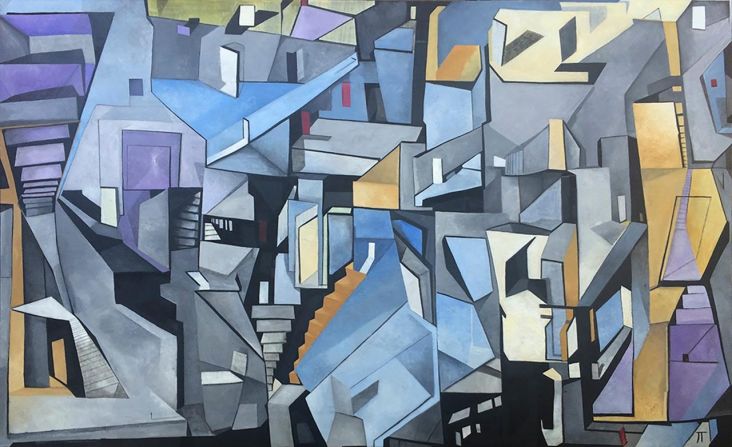Nomads Land: Dieter Seitz uncovers the fascinating diversity of the former Soviet republic
Kazakhstan might be familiar to many of us because of Sacha Baron Cohen's fictional Borat, but Dieter Seitz draws a more honest portrait of the Central Asian country today, as it deals with the cultural fields between the poles of East and West, the Soviet era and the new Kazakhstan, revitalized folklore and the modern consumer world. His current book of photographs, Nomad’s Land, makes it possible to perceive the many facets of this nation of more than one hundred ethnicities.
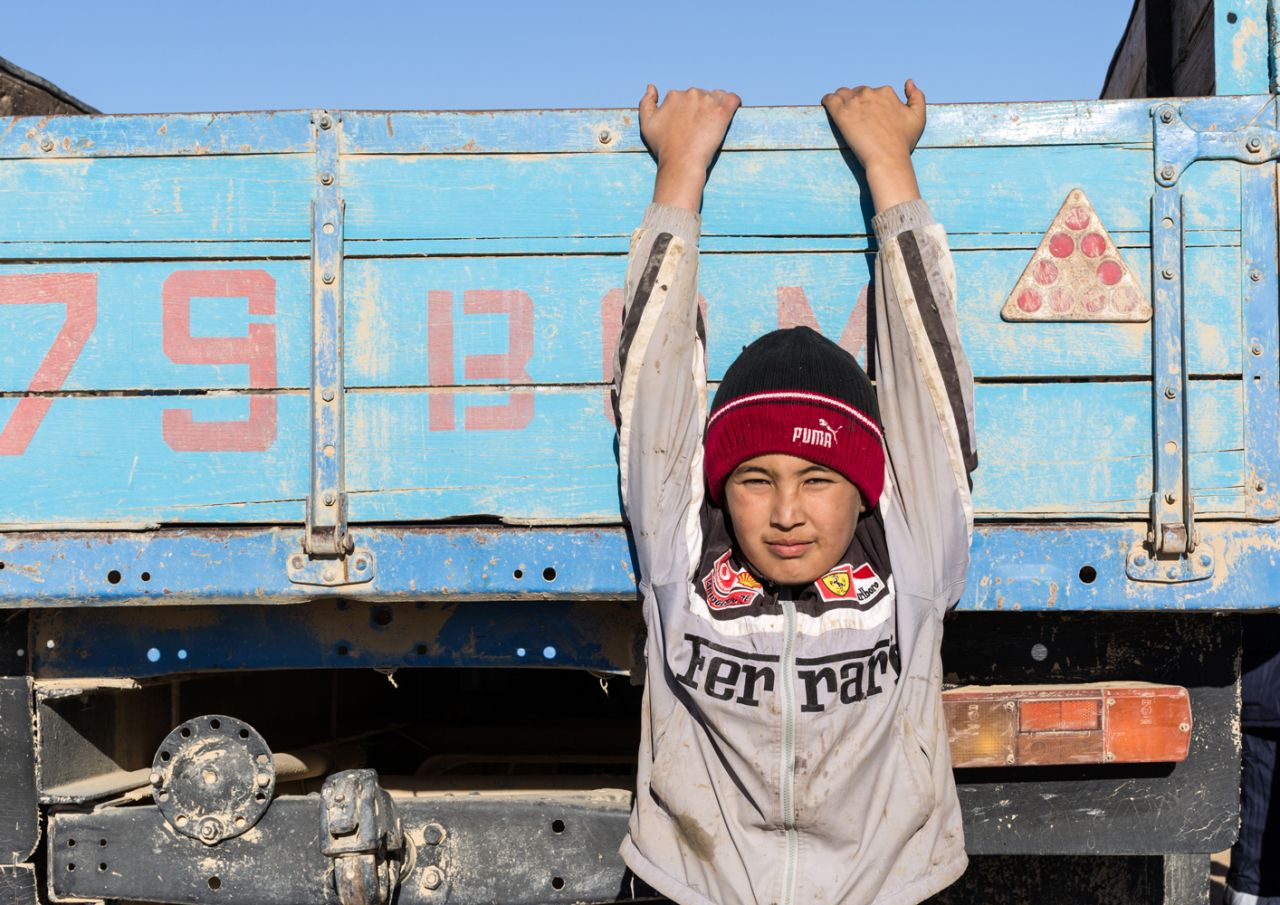
Akshymutau, 2014 | © Dieter Seitz
Seitz’s interest in Kazakhstan began in the 1990s with the fall of the Soviet Union and the upheaval of socialist societies. The photographer took his first journey to the "most mysterious of the former Soviet republics" in 2009. He traces the formerly nomadic residents as well as other peoples in multi-ethnic Kazakhstan, where he met people who lend a face to historical events.
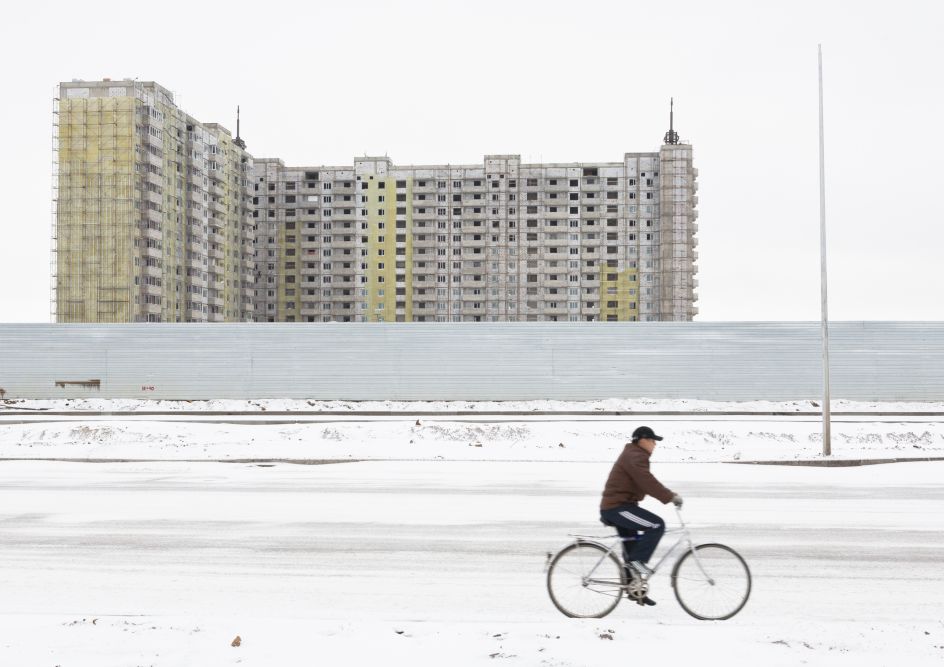
Astana, 2009 | © Dieter Seitz

Priozersk, 2016 | © Dieter Seitz
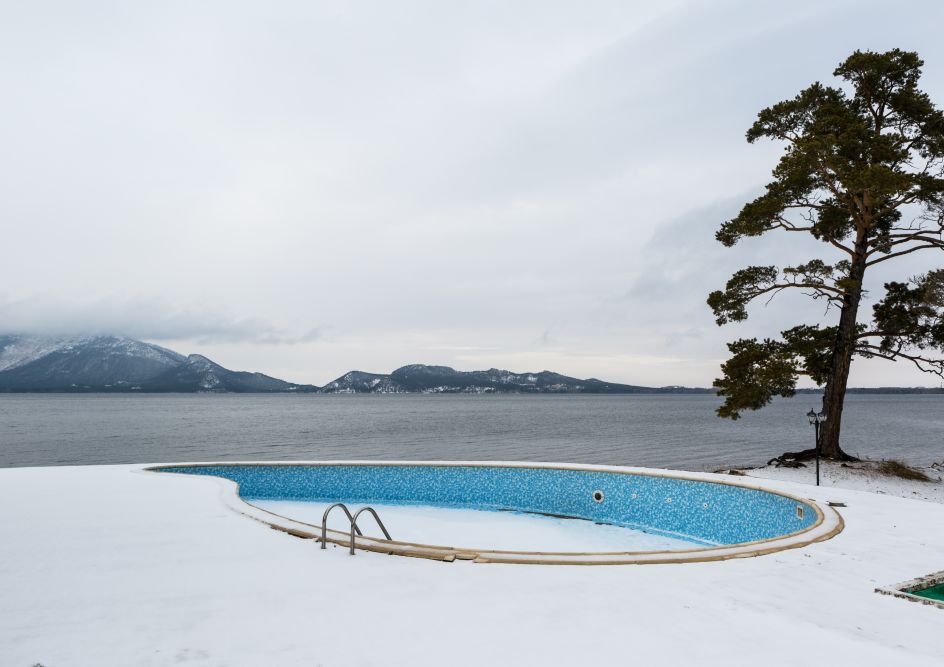
Borovoye, 2014 | © Dieter Seitz
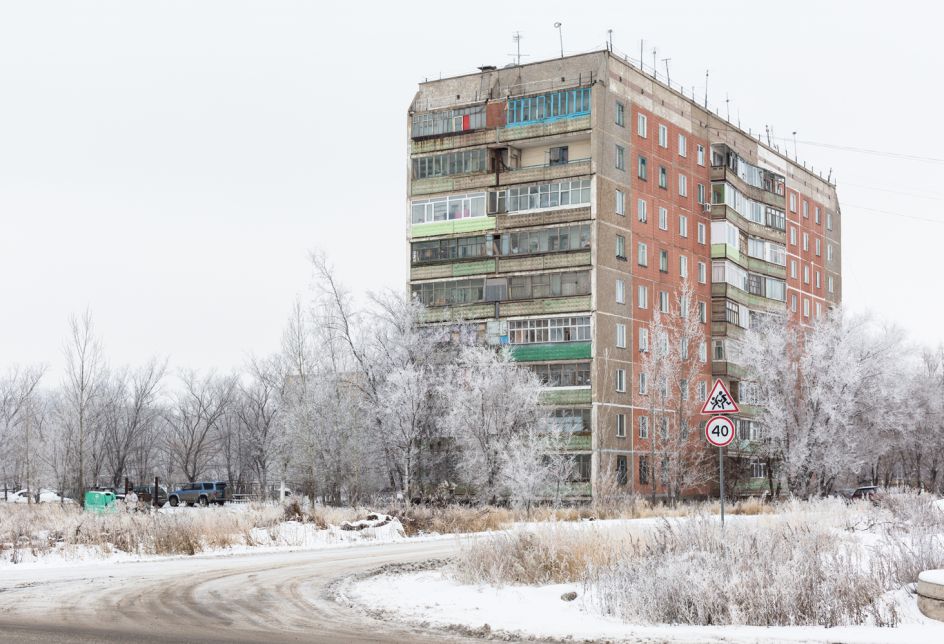
Temirtau, 2016 | © Dieter Seitz
In terms of surface area, Kazakhstan covers two time zones and is the ninth-largest country in the world. With only seventeen million citizens, however, its population is equal to the size of the Netherlands. Thanks to its geographical situation straddling Europe and Asia, Kazakhstan has always been marked by various cultures, as well as various social, sociopolitical, and economic movements.
The Republic of Kazakhstan was the last Soviet republic to declare independence, which it did in 1991. The decay of the Soviet Union and the establishment of fifteen post-Soviet states in the 1990s meant that many new ethnic minorities began migrating. Between 1991 and 2004, however, more than three million people left, most of them Russians who were afraid that their political and sociocultural status was threatened. The loss of a skilled labour force had palpable economic consequences. In 2016 more than one hundred nationalities lived in Kazakhstan.
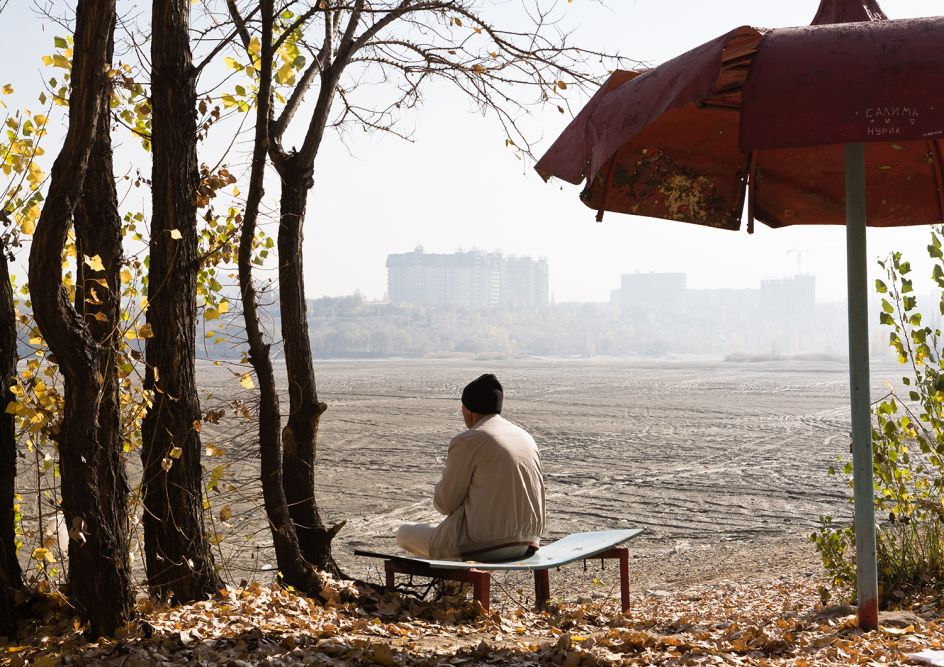
Almaty, 2009 | © Dieter Seitz

Astana, 2009 | © Dieter Seitz
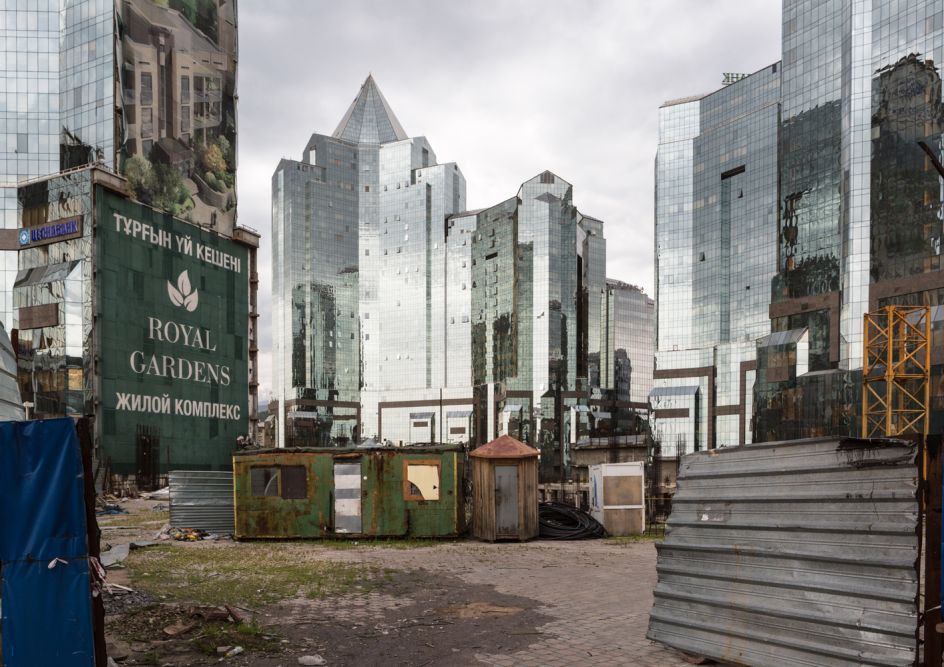
Almaty, 2015 | © Dieter Seitz
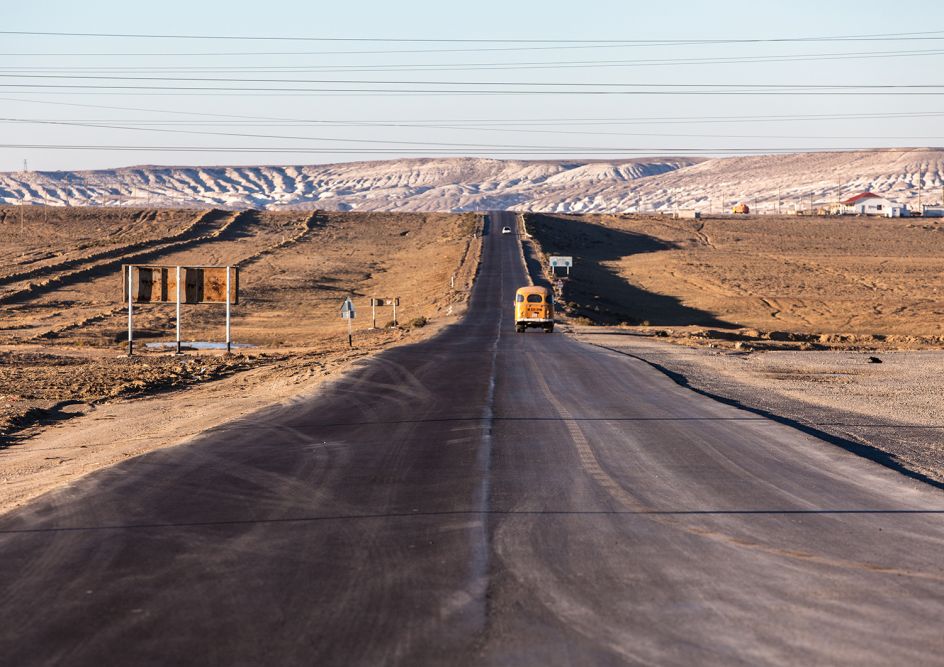
Tushchybe, 2014 | © Dieter Seitz
In an artistic and documentarian manner, Seitz dissects life in Kazakhstan and investigates the areas that reflect the transformation of a society: in everyday life, on the streets, in the country, in buildings, at monuments, and in bodies and faces. He says: "With my photographic work, I wanted to overcome at least a few cultural barriers by putting my perspective on things out there for discussion."
Nomad’s Land takes the reader on a fictitious journey through Kazakhstan while providing an artistic contribution to the understanding of this country’s recent history, which has been marked by upheaval. This artist’s book contains more than one hundred large photographs and an extensive essay on nomadic culture and modernity in Kazakhstan, written by Markus Kaiser.
Main image: Akshymutau, 2014 | © Dieter Seitz




 by Tüpokompanii](https://www.creativeboom.com/upload/articles/58/58684538770fb5b428dc1882f7a732f153500153_732.jpg)


 using <a href="https://www.ohnotype.co/fonts/obviously" target="_blank">Obviously</a> by Oh No Type Co., Art Director, Brand & Creative—Spotify](https://www.creativeboom.com/upload/articles/6e/6ed31eddc26fa563f213fc76d6993dab9231ffe4_732.jpg)










